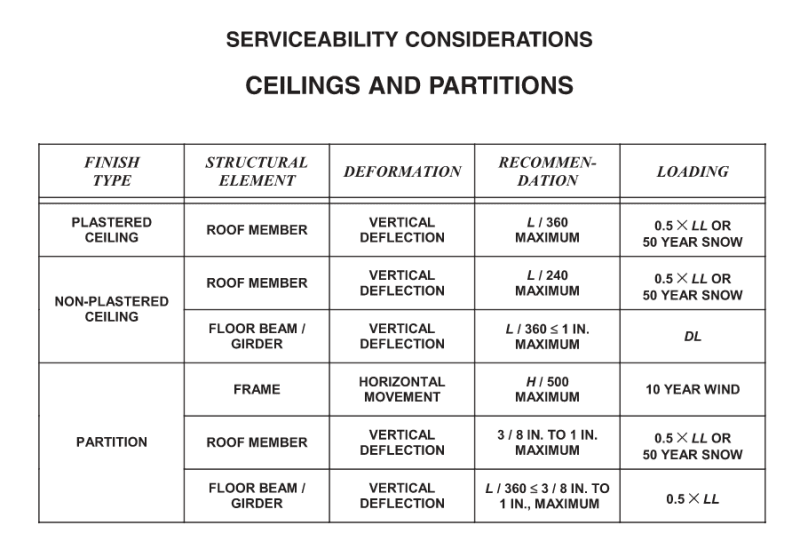BigBakwas77
Structural
- Jul 7, 2016
- 34
I am quite clear on all the load combinations at ULS as prescribed by National Building Code of Canada. But cannot find any information on what combinations to use at SLS. If it is sum of all Dead + Live + Snow + Wind loads multiplied by one, then it is more than many ULS combinations. Is this right?

